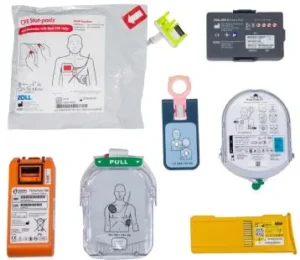- Home
- About
- Services
- Reviews
- Partners
- AEDs
-
-
AEDS
-
CUSTOMER TYPE
-
BY BRAND
-
-
-
- AED Accessories
- REGISTER
- Online Courses
- Contact
- Home
- About
- Services
- Reviews
- Partners
- AEDs
-
-
AEDS
-
CUSTOMER TYPE
-
BY BRAND
-
-
-
- AED Accessories
- REGISTER
- Online Courses
- Contact
SERVICES
Services
Marni uses the highest quality teaching materials as well as top-rated course curricula for healthcare professionals, first responders, employees, and the general public. Learning objectives include CPR, first aid and advanced emergency cardiovascular care.
Classes Offered For Healthcare Professionals
Advanced Cardiovascular Life Support (ACLS)
Advanced Cardiovascular Life Support (ACLS) is a collection of techniques and skills that extend beyond fundamental life support to assist with circulation, breathing, and ventilation. Once a cardiac arrest has been confirmed based on the surveillance of the heart’s electrical activity on a cardiac monitor, protocols for Advanced Cardiovascular Life Support are initiated. Medications and defibrillation are administered based on the form of cardiac arrhythmia. Oxygen is administered and endotracheal intubation may be attempted to secure the airway. Regularly, the effect of the medication on the heart rhythm and the presence of cardiac output are measured. The medications that may be administered during Advanced Cardiovascular Life Support fluids may also be used to increase the patient’s blood volume. Members of the team administering Advanced Cardiovascular Life Support to treat cardiac arrest, one must understand its causes.

